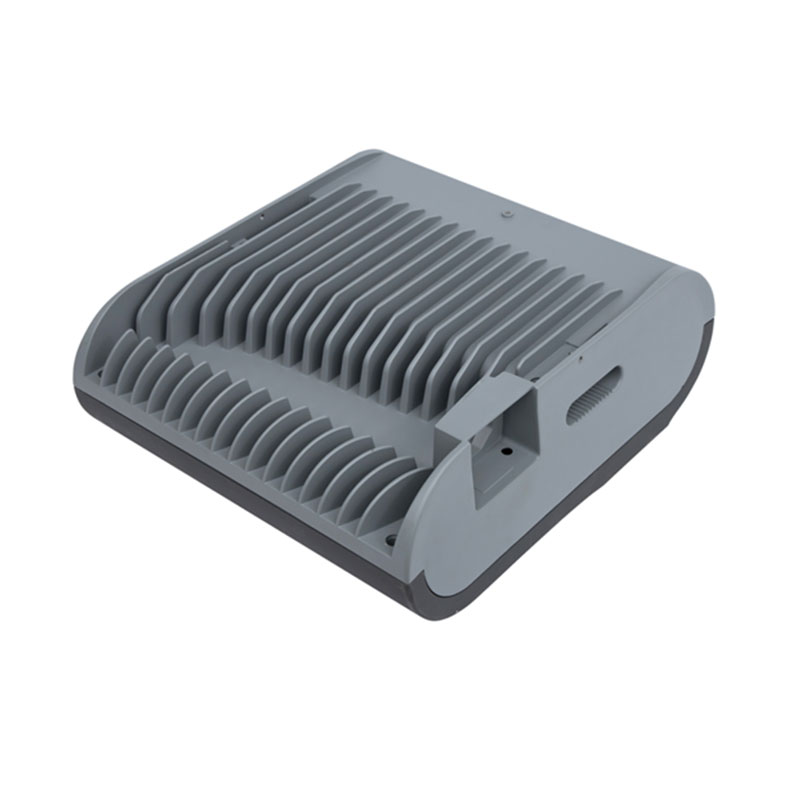roles of two types of heparan sulfate clusters in wnt ... - types of die casting
by:Hanway
2019-08-29

However, the regulatory basis for its distribution and signal reception is still unclear.
Here, we show that endogenous fn8 proteins are distributed in a graded manner in African claw worm embryos and are associated with "N-sulfo-
Heparin sulfate rich (HS),” not with “N-acetyl-rich HS”.
These two types of HS are attached to different fir as core proteins, resulting in differential aggregation. N-sulfo-
The rich HS is often internalized and associated with a signal SAC bubble, known as a Frizzled/wap/LRP6 signal SAC, in the presence of fn8. Conversely, N-acetyl-
Abundant HS are rarely internalized and accumulate the classics of secretion.
After interacting with Frzb, fn8 and N-acetyl-
Rich HS, hint N-acetyl-
Rich HS supports Frzb-
Through N-sulfo-rich HS.
Therefore, these two types of HS clusters may constitute a cell platform for distribution and signaling.
The secreted protein family plays a key role in the development, stem cell maintenance, and cancer-causing processes of post-living animals.
For a long time, it has been considered as a morphological source, a diffuse substance that provides location information to cells and determines the spatial pattern of embryos at concentrations
Dependent way.
Although several transfer/distribution models have been proposed about classics, the classic worksWingless (
The homologous Model Wg of the Wt1 spine)
Protein forms a long
The range gradient of the wingplate back abdomen pattern.
However, we should consider carefully whether there is such a long time.
The range and morphology in the spine.
In embryos, our previous studies have shown that fn8 and fn11 proteins are inherently distributed locally.
In addition, the distribution in the body shows a short
Range gradient of Intestinal trunk
Cell niches in miceLive-
Imaging of foreign fluorescent-labeled Thanksgiving protein in zebrafish shows that "Thanksgiving Day" moves along the View filament bursts extending from the source cell and is localized on the plasma membrane of the receiving cell
These results suggest that regulation of the distribution of classical transcription factors appears to be complex, environment-dependent or ligand-dependent.
Some studies have been reported on the regulatory basis of the distribution of classical transcription factors.
For example, carrier molecules can be formed and secreted by wap-
A protein that interacts, as secreted.
Related protein (sFRP)
, Frzb and lipid carrier proteins, swim, and are loaded on a lipid particle or membrane carrier, such as a foreign body. Cell-
Surface molecules, E. G. g.
Heparin sulfate (HS)proteoglycans (HSPGs)
It is also considered to play a key role in the distribution and signal transmission of breast cancer.
The heat shock protein consists of a core protein and several HS/melamine (GAG)chains.
In heat shock proteins, the core proteins glypica and HS chains have been shown to be necessary for the distribution and signal transmission of Wg in, as shown in the genetic analysis results of glypicans (Daley and Daleylike), the co-
PCR Ext and modified enzyme de-basal enzyme/sulfur transfer enzyme (NDST). In -
It is also reported that there are reduced classical signals in the lack of mice.
HS is synthesized as co-
Polymer of a double sugar unit consisting of glucose acid and glucose (GlcA–GlcNAc);
Through a step-by-step process, this nascent pioneer chain was modified.
The original modification was GlcNAc (
Also commonly known as N-sulfation)
, Catalytic by NDSTs, and then by GlcA to iduronic acid (IdoA)and sulfations.
On the basis of biochemical analysis, a single HS chain consisting of NA and NS domains is proposed, which corresponds to [1]GlcA–GlcNAc](
Domain not modified)and sulfo [GlcA/IdoA-GlcNS](Modify domain)Respectively (
Figure: "NA/NS domain model").
Despite a large number of genetic and biochemical studies, due to the lack of cell research, how heat shock proteins can be used as the distribution of classical proteins on the surface of cells and the interface for signal transmission is still blurred, especially for HS on the cell membrane.
In order to understand the spatial distribution of Thanksgiving protein, we studied the in vivo distribution of Thanksgiving protein and HS chain by using antibodies specifically targeted at fn8 (
Generated in this study)
And two types of-
Anti-HS antibody, NAH46-against HS and HepSS-1 for sulfo HS.
In this study, we show that endogenous fn8 is distributed in a point-like manner in the outer space of the cell, and unexpectedly, "ach-
"Rich HS" and "sulfo-
Rich HS "forms different clusters on the cell membrane, named acetyl-
Rich HS and sulfo
The rich HS clusters are (Fig. ).
More importantly, the distribution of nt8 points and sulfo-
Rich HS clusters, but not
Rich HS cluster; and sulfo-
The rich HS cluster is integrated into the Frizzled/wap/LRP6 signal body, which is the inner body that transmits the classic signal.
These findings have prompted us to re-examine the role of HS in the distribution and signal transmission of classic stem cells.
Further analysis reveals the question of how to regulate the distribution and signal transmission of classical genes through a classical gene called Frzb.
Interacting proteins by discovering Frzb with ach-
Rich HSclusters and recruit fn8 to acetyl-Rich HSclusters.
Custom message








